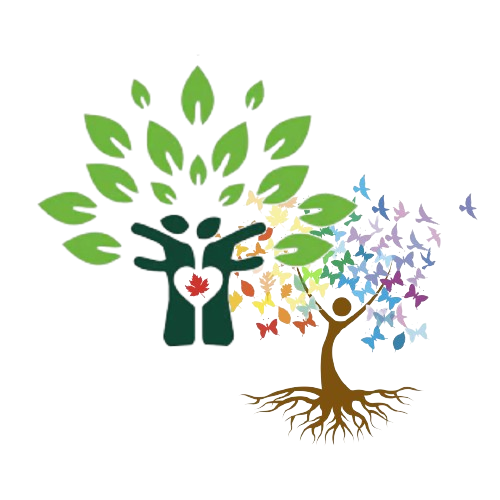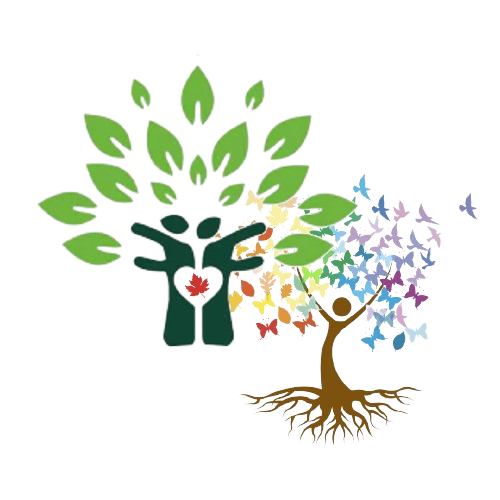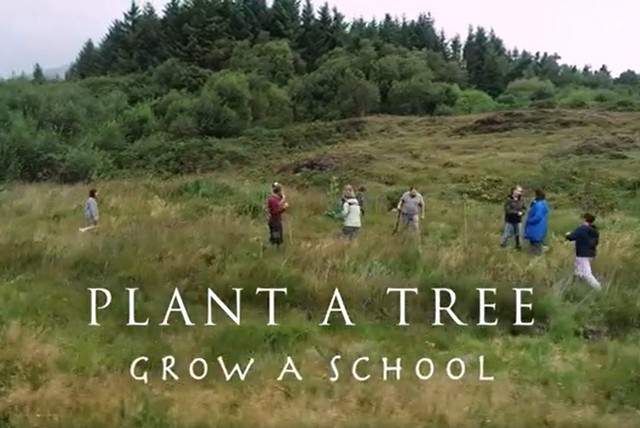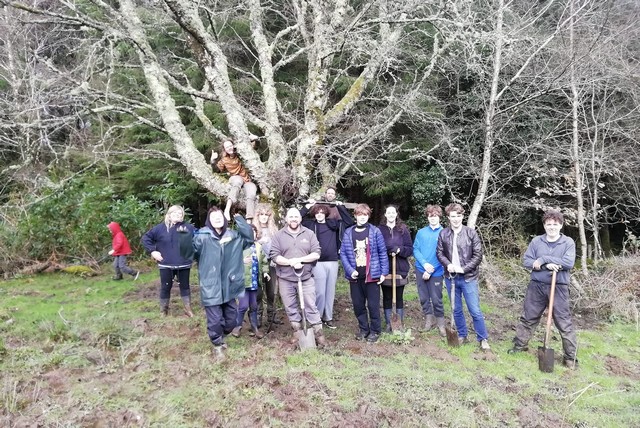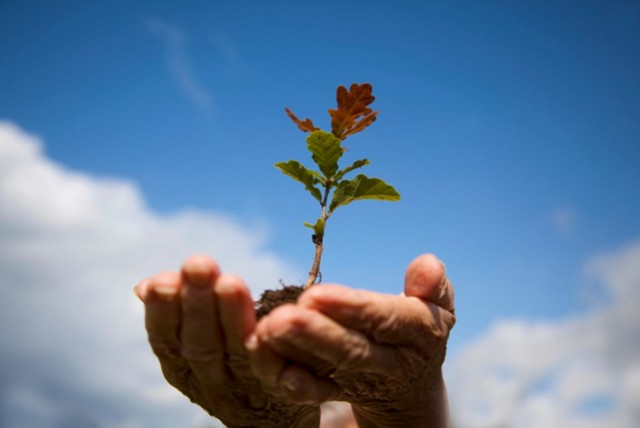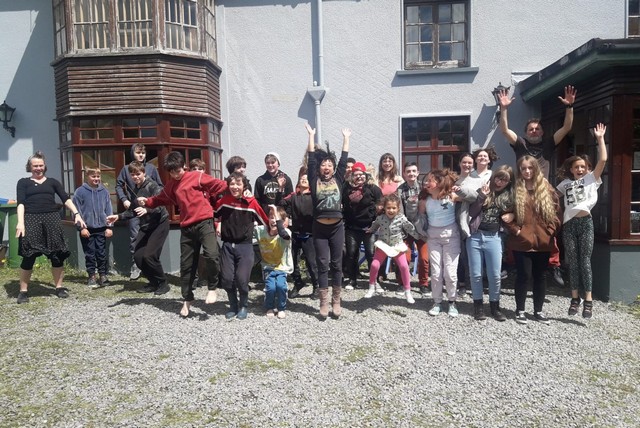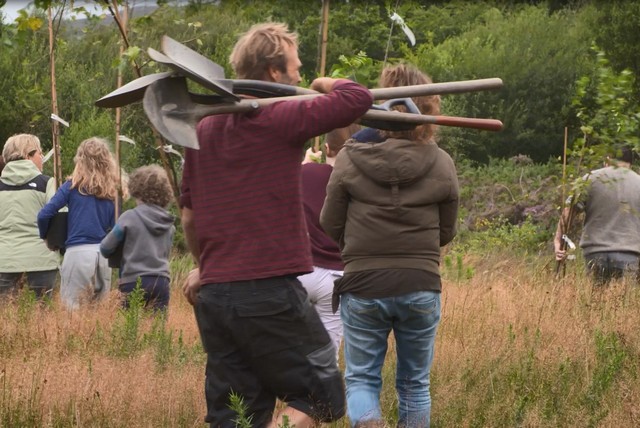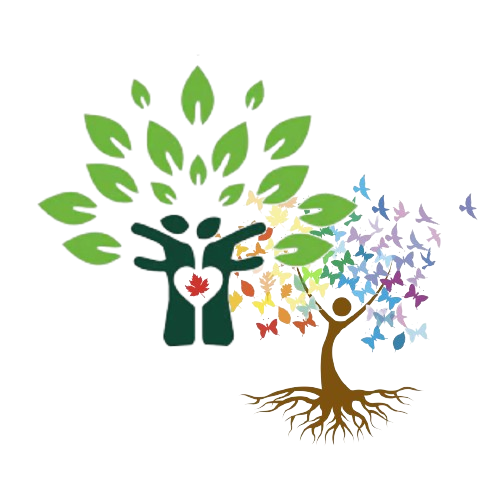About
“When we plant a tree, we plant hope.” ~ Wangari Maathai
We are passionate about the environment
– and planting hope.
Our trees, which are fully donated by Future Forests, will be hand-picked to suit each planting site – all native species, in as diverse a range as possible.
These trees will be left to grow for posterity. Your trees will become part of a network of diverse woodlands, and havens for wildlife.
Arks to support all life.
Create a Positive Future
For as little as €10, you can take part in this inspiring project – plant a native tree, help the environment and support self-directed, democratic learning at the West Cork Sudbury School (WCSS).
A Unique Gift
What better gift than a warm promise of growth, renewal and hope for the future? It’s easy! Simply decide how many trees you want to plant, make your donation and fill out the name(s) of your giftees in the form. Their eCertificate will be emailed to you and you can forward it to them with your personal message.
How to Plant a Tree
Decide which option you’d like from the selection below and click the relevant button. Once you’ve made your payment and filled out the eCert form, the School’s students and staff will plant your tree for you in a newly managed area in West Cork where the landscape was once thick with woodland. You’ll receive a carbon-neutral eCertificate of Participation in the project and, if you opt in, we’ll keep you updated on progress with news, photos, videos and schooling opportunities from the project.
With your donation, WCSS will plant the trees for you. All proceeds are in aid of WCSS and Ireland’s re-forestation.
You are helping WCSS and the environment.
NOTE: For those without a PayPal account, you will see an option to pay by credit card below the PayPal login option. Find out more in our FAQs.
Plant a Tree
Plant 10 Trees
Plant a Grove
Keep Planting
With a monthly subscription, trees will be planted for you during the bareroot season (Nov-Mar).
Keep Planting Trees
Keep Planting Groves
Why Plant More Trees?
Trees benefit our air, water, biodiversity and our community.
Many thanks go to the following organisations for their input to our information
Trees for Life
Trees for Life are rewilding the Scottish Highlands by enabling the restoration of the globally unique Caledonian Forest.
TreePeople
TreePeople inspires and supports the people of Southern California to come together to plant and care for trees, harvest the rain, and renew depleted landscapes.
Being the Change
What are We Planting?
All trees planted will be native to Ireland and we hope to include rare and endangered species in the future.
Where are We Planting?
We are currently working on three micro-sites and plan to add more as each site is populated.
Coomhola Valley
Someone once said, ‘Start where you are,’ and that is what we have done.
Our first tree sites are located in the Coomhola valley, not far from the school. The proximity of the school means the students will be able to participate easily in the tree planting.
Tucked under the Caha mountains, the valley receives high rainfall and trees grow well.
Downey Birch, Willow, Rowan and Alder naturally abound here – Holly, Scots Pine and Oak are also prevalent.
Goleen
Goleen is located on the beautiful Mizen Peninsula in West Cork and, even though this is a coastal location, this particular site also affords some shelter, so that the trees can thrive.
We will be selecting native varieties that can tolerate the coastal spray.
Only a stone’s throw from Goleen itself, in the not too distant future, we hope these trees can be admired from the village for generations to come.
Join Us Virtually
Join us (virtually) on our first planting day with students, parents and staff from the school – and Mattie from Future Forests. Learn all about the school and project – and be inspired!
Subscribe to our enews
And stay up to date with our news, latest plantings and much more
